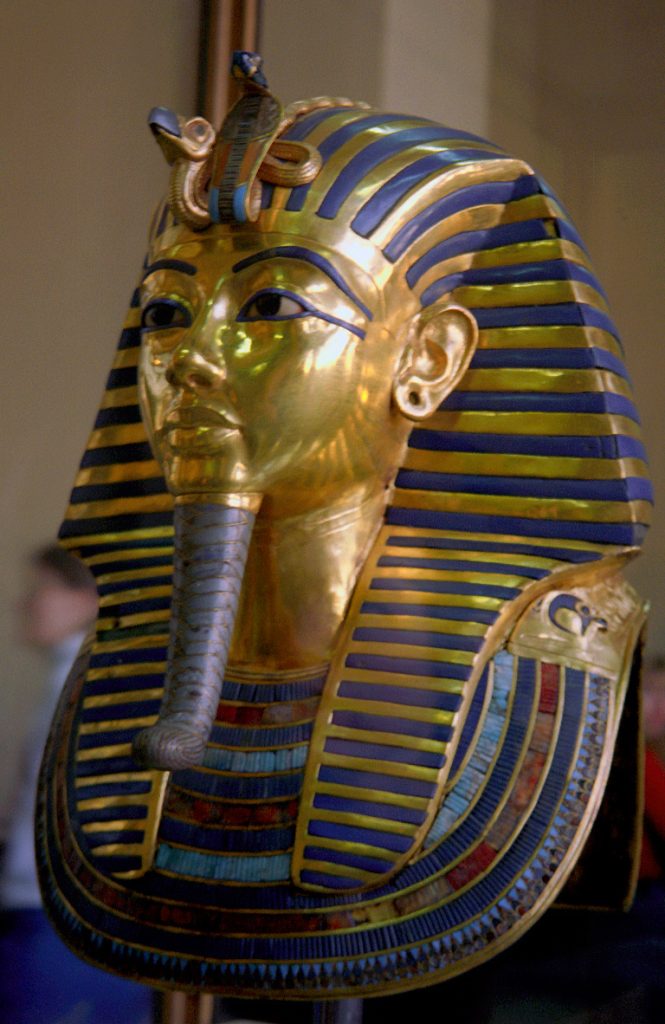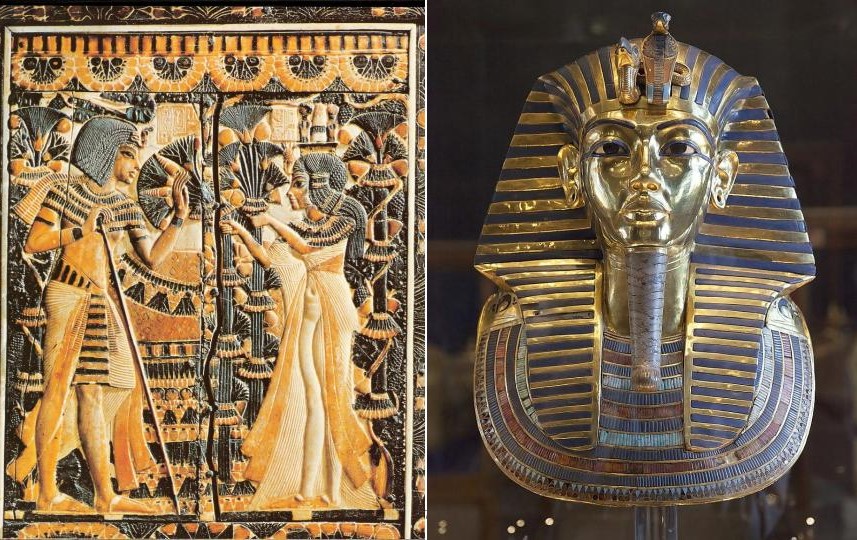Krispin Joseph PX
After the discovery of Tutankhamun’s Tomb in 1922 by British Archaeologist Howard Carter, the most intriguing question in art history is related to the young King Tutankhamun. Who is that Kingly Man? How did he die when he was so young, and why did Egyptian people ornament his Tomb very well? Tutankhamun’s Tomb had been hidden under the construction of another tomb for thousands of years until Carter uncovered it and presented it with the finest arguments. Tutankhamun (1341 BC – c. 1323 BC) was a Pharaoh of ancient Egypt and became the King at the age of nine and reigned until his death around the age of nineteen.
Tutankhamun was the son-in-law of the most celebrated Egyptian Pharaoh, King Akhen Aten. After marrying King’s daughter, he becomes the successor of an heir to the throne and becomes King after Akhen Aten’s death. Tutankhamun brought many new things to his regime, undoing many things that established his former Akhenaten and even changed the capital to Amarna.
Egyptologists were familiar with Tutankhamun decades before the discovery of the Tomb of the King because a lot of text is available regarding this. Before Tutankhamun’s Tomb was uncovered, Akhenaten and Nefertiti were the most celebrated legend of all Egyptian reigns.

Credit: Wikipedia
The famous Egyptologist James Henry Breasted worked with Carter soon after the first opening of the tomb. He reported how Carter sent a messenger on an errand to his house. On approaching his home, the messenger thought he heard a “faint, almost human cry”. Upon reaching the entrance, he saw the birdcage occupied by a cobra, symbolising the Egyptian monarchy.
‘As my eyes grew accustomed to the light, details of the room within emerged slowly from the mist, strange animals, statues, and gold – everywhere the glint of gold. For the moment – an eternity it must have seemed to the others standing by – I was struck dumb with amazement. When Lord Carnarvon, unable to stand the suspense any longer, inquired anxiously, ‘Can you see anything?’ it was all I could do to get out the words, ‘Yes, beautiful things, write Howard Carter after discovering this Tomb.
Sir Arthur Conan Doyle, creator of Sherlock Holmes and spiritualist, suggested that Lord Carnarvon’s death had been caused by “elementals” created by Tutankhamun’s priests to guard the royal tomb, further fueling the media interest.
Tutankhamun Tomb was the finest discovery of Egyptian art and Archaeology, and after that, the argument about Egyptian art and philosophy changed a lot. But the unearthed Tomb gives the people who unearthed these monuments terrible luck. Egyptians believe no one can disturb these Embalmed mummies; that will affect who is behind this unearthed. Illness and death followed the entire team of Tutankhamun discovery.
After Tutankhamun’s Tomb discovery, Lord Carnarvon, the chief financial backer on many of Howard Carter‘s Egyptian excavations, was found dead. A mosquito bite on his face had infected him, leading to deadly blood poisoning.
Shortly after unearthing King Tut’s Tomb, Carnarvon was found dead. And he would not be the only death, illness or unfortunate occurrence associated with this expedition. Carnarvon’s half-brother also died from blood poisoning, Sir Archibald Douglas-Reid died from a mysterious disease, and George Jay Gould died from a fever following his visit to Egypt, among many others. Objects from the Tomb were given as gifts to Carter’s friend Sir Bruce Ingram, whose house burned down not long after. After being rebuilt, the house flooded, as Google Art and Culture mentioned in the article.
The curse is accurate, as many authors and documentary filmmakers argued; even today, people believe the curse of Egyptian Mummies. Egyptians believed if anyone disturbed the mummy, especially a Pharaoh’s mummy, the deadliest disease and illness followed the people. Some of the arguments on the Curse theory is a European creation to make entertainment. The popular belief about the curse is that ancient Egyptian priests marked and preserved this mummy with rituals and purity to safeguard this Tomb from robbers. There is no curse inscribed in the Pharaoh’s Tomb.





